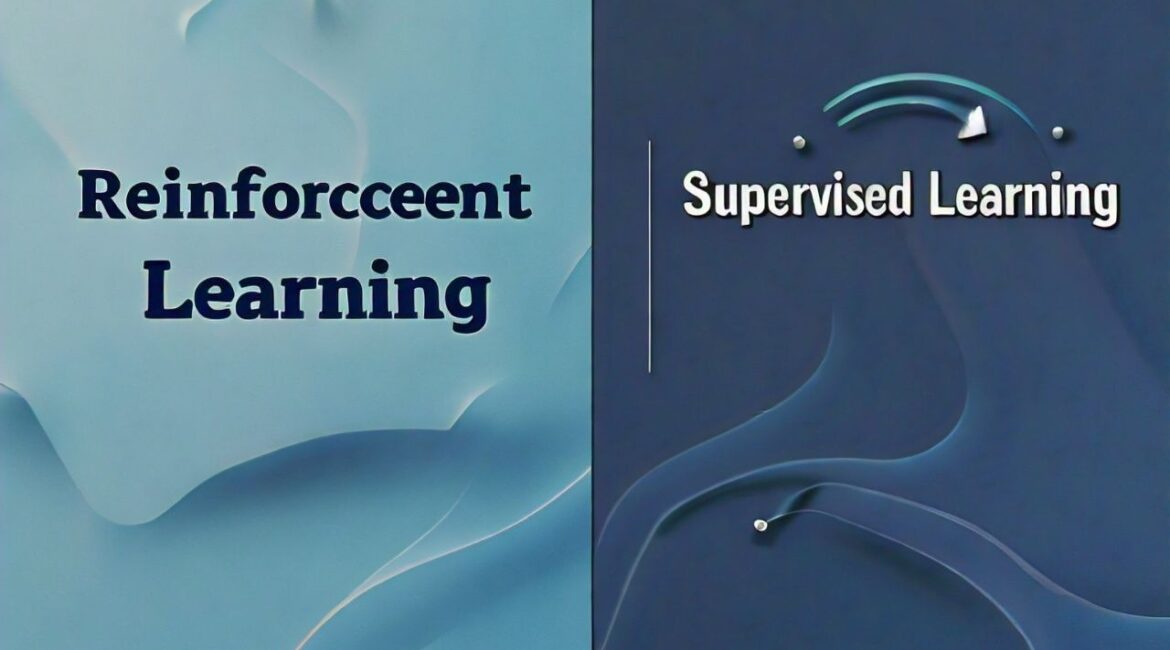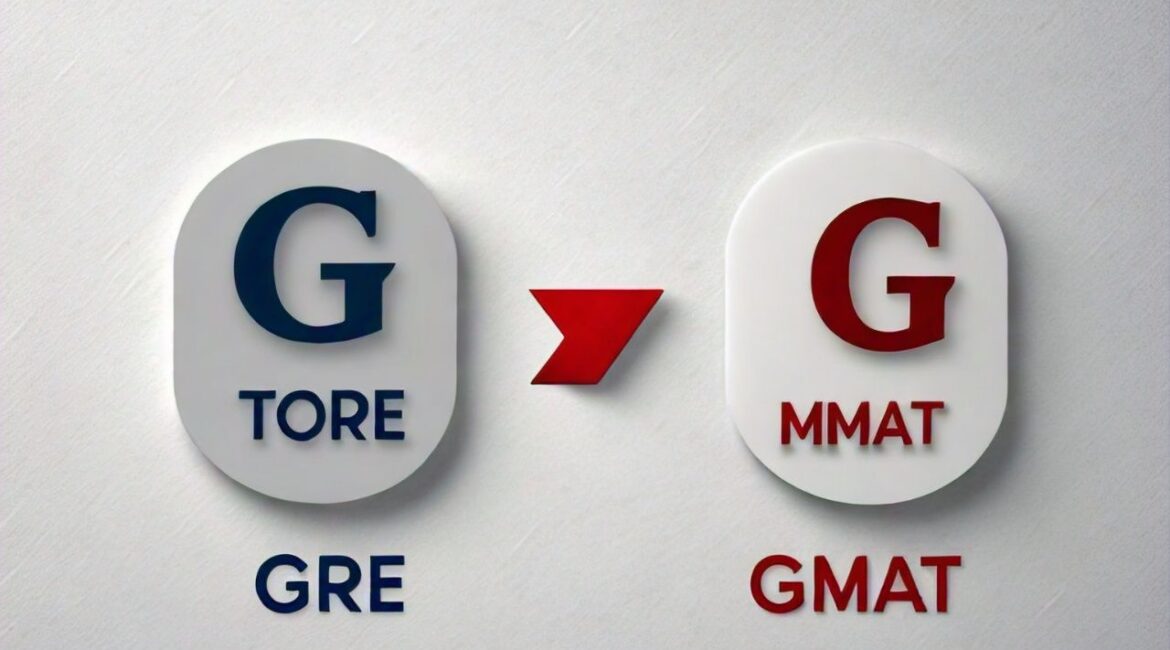The terms canonical and noncanonical have broad applications across different fields such as literature, science, theology, and technology. Fundamentally, canonical refers to something that is established, accepted, or officially recognized within a particular system or framework. It often represents the "standard" or "authorized" version of something. In literature, for instance,...
Reinforcement Learning and Supervised Learning
Reinforcement learning and supervised learning are two major types of machine learning, both playing a critical role in advancing artificial intelligence (AI). Reinforcement learning (RL) is inspired by how humans and animals learn from the environment. In RL, an agent interacts with an environment by performing actions, receiving feedback through...
Colleges and Universities
Colleges and universities are institutions of higher education that play a crucial role in shaping students' futures, providing them with the knowledge and skills necessary to pursue their career goals. Although both terms are often used interchangeably in casual conversation, they represent distinct types of institutions with different structures, sizes,...
GRE and GMAT
The GRE (Graduate Record Examination) and GMAT (Graduate Management Admission Test) are two standardized tests commonly used for admission to graduate programs. Although both are designed to evaluate the academic aptitude of candidates, they serve different purposes and cater to different fields. The GRE is a more general test accepted...
Resume and CV (Curriculum Vitae)
A resume and a CV (Curriculum Vitae) are two essential documents used in the job application process, but they serve different purposes and are tailored for distinct professional contexts. Both documents summarize your qualifications, work experience, and skills, but the format, length, and focus differ significantly between the two. A...
Miss and Ms
The titles Miss and Ms. are honorifics used to address women, but they have distinct meanings and usages that reflect different cultural and social perspectives. Miss traditionally refers to an unmarried woman and is often used to denote youth or single status. It is commonly used for young girls and...
Books3 Dataset and TensorFlow
The Books3 dataset and TensorFlow are both critical resources in the field of artificial intelligence (AI) and machine learning (ML), but they serve very different purposes. The Books3 dataset is a large collection of text data sourced from a variety of books, often used to train natural language processing (NLP)...
Good and Well
The words good and well are commonly used in the English language, and while they are often interchangeable in casual conversation, they have distinct grammatical roles and meanings. Good is primarily an adjective, meaning it describes or modifies a noun. For example, you might say "a good book" or "a...
Knowledge and Skill
Knowledge and skill are two essential components of learning and personal development, yet they are distinct concepts. Knowledge refers to the theoretical understanding of a subject, the facts, information, and concepts that a person acquires through study or experience. Skill, on the other hand, is the practical application of knowledge—it...
“In” and “On”
Prepositions like "in" and "on" are small yet essential parts of language. They serve to connect nouns, pronouns, and phrases to other parts of the sentence, often indicating a relationship of time or place. Though simple, "in" and "on" can cause confusion for language learners due to their versatile usage...
BJT and FET
In the world of electronics, transistors are essential components used to control and amplify electrical signals. Two of the most common types of transistors are the BJT (Bipolar Junction Transistor) and the FET (Field-Effect Transistor). While both devices are used to perform similar functions in circuits, they differ significantly in...
Velocity and Speed
Speed and velocity are two fundamental concepts in physics, often used interchangeably in everyday language. However, in scientific terms, they have distinct meanings. Speed refers to how fast an object is moving, regardless of its direction, and is defined as the rate at which an object covers distance. It is...











